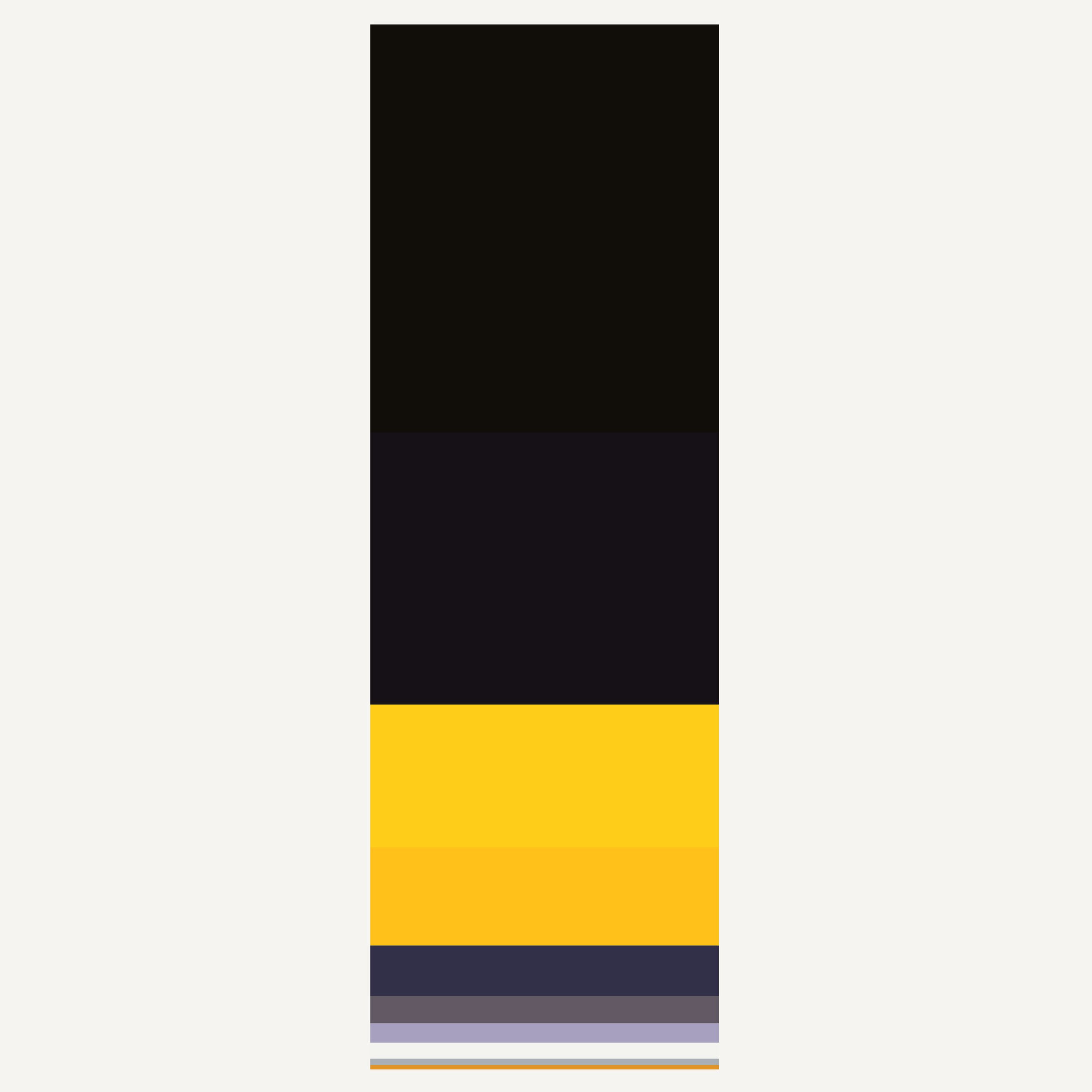 Image 1 of 2
Image 1 of 2

 Image 2 of 2
Image 2 of 2



Field Guide : Yellow-headed Blackbird (Male)
Unlimited edition. 18 x 24 inch, museum-quality poster on matte paper.
It was one of our last days in Colorado and we hadn’t yet encountered any yellow-headed blackbirds. My birding companion really wanted to see the species, so we’d reviewed recent eBird lists and visited more than a few promising places – all without success. Following a discouragingly still and hot outing at a “hotspot” just east of Denver, I looked at Google maps and suggested we try a nearby pond. It wasn’t one of our planned stops, but it was close-by and had water. A few minutes later, I pulled the rental car onto a steep shoulder alongside tall cattails.
”Might be hard to see over these cattails, but hopefully someone’s home.”
“Right there!”
“Huh?”
“Yellow-headed blackbirds, Reiger!”
My friend pointed just out his passenger window. A male and two females were trading about the cattails fifteen feet away. It’s feels good when a whim pans out!
It wasn’t a surprise that we found the birds in the cattails; marsh and wetland reeds (cattails, phragmites, and bulrush, among others) are yellow-headed blackbird’s preferred breeding habitat. They nest in large colonies, often alongside red-winged blackbirds. Although they build their nests over water, they feed in both marsh and field habitats, focusing on insects during the breeding season and adopting a more catholic diet of insects, seeds, and grain the rest of the year. In the later summer, fall, and winter, when they concentrate in agricultural fields, their flocks feed in a “rolling formation”; birds at the rear of the flock fly over the bulk of their comrades to forage at the front. This back-birds-move-to-front behavior continues such that the flock crosses the field like a dark tank tread; it’s a sight to behold!
The yellow-headed blackbird is one of those species – relatively few in number – for which the common name almost exactly matches the scientific binomial. Xanthocephalus xanthocephalus translates as “yellow head yellow head.” (If you say it a third time, does one appear in your bathroom mirror? 🐤😱) Both the common and scientific names describe the dramatic coloration of the male yellow-headed blackbird.
Note: These archival poster prints feature rich, appealing colors. I encourage customers to take care in handling them until they are framed/protected for display; the darker colors on the matte paper can be scratched. They ship rolled, so customers need to flatten them before framing (or have their framer do so).
Charitable Sales Model: Whenever one of these poster prints is purchased, a charitable contribution equal to 10% of the print’s cost (or $3.60) is made to a nonprofit working to tackle environmental or social challenges. Read more about my charitable sales model here.
Unlimited edition. 18 x 24 inch, museum-quality poster on matte paper.
It was one of our last days in Colorado and we hadn’t yet encountered any yellow-headed blackbirds. My birding companion really wanted to see the species, so we’d reviewed recent eBird lists and visited more than a few promising places – all without success. Following a discouragingly still and hot outing at a “hotspot” just east of Denver, I looked at Google maps and suggested we try a nearby pond. It wasn’t one of our planned stops, but it was close-by and had water. A few minutes later, I pulled the rental car onto a steep shoulder alongside tall cattails.
”Might be hard to see over these cattails, but hopefully someone’s home.”
“Right there!”
“Huh?”
“Yellow-headed blackbirds, Reiger!”
My friend pointed just out his passenger window. A male and two females were trading about the cattails fifteen feet away. It’s feels good when a whim pans out!
It wasn’t a surprise that we found the birds in the cattails; marsh and wetland reeds (cattails, phragmites, and bulrush, among others) are yellow-headed blackbird’s preferred breeding habitat. They nest in large colonies, often alongside red-winged blackbirds. Although they build their nests over water, they feed in both marsh and field habitats, focusing on insects during the breeding season and adopting a more catholic diet of insects, seeds, and grain the rest of the year. In the later summer, fall, and winter, when they concentrate in agricultural fields, their flocks feed in a “rolling formation”; birds at the rear of the flock fly over the bulk of their comrades to forage at the front. This back-birds-move-to-front behavior continues such that the flock crosses the field like a dark tank tread; it’s a sight to behold!
The yellow-headed blackbird is one of those species – relatively few in number – for which the common name almost exactly matches the scientific binomial. Xanthocephalus xanthocephalus translates as “yellow head yellow head.” (If you say it a third time, does one appear in your bathroom mirror? 🐤😱) Both the common and scientific names describe the dramatic coloration of the male yellow-headed blackbird.
Note: These archival poster prints feature rich, appealing colors. I encourage customers to take care in handling them until they are framed/protected for display; the darker colors on the matte paper can be scratched. They ship rolled, so customers need to flatten them before framing (or have their framer do so).
Charitable Sales Model: Whenever one of these poster prints is purchased, a charitable contribution equal to 10% of the print’s cost (or $3.60) is made to a nonprofit working to tackle environmental or social challenges. Read more about my charitable sales model here.